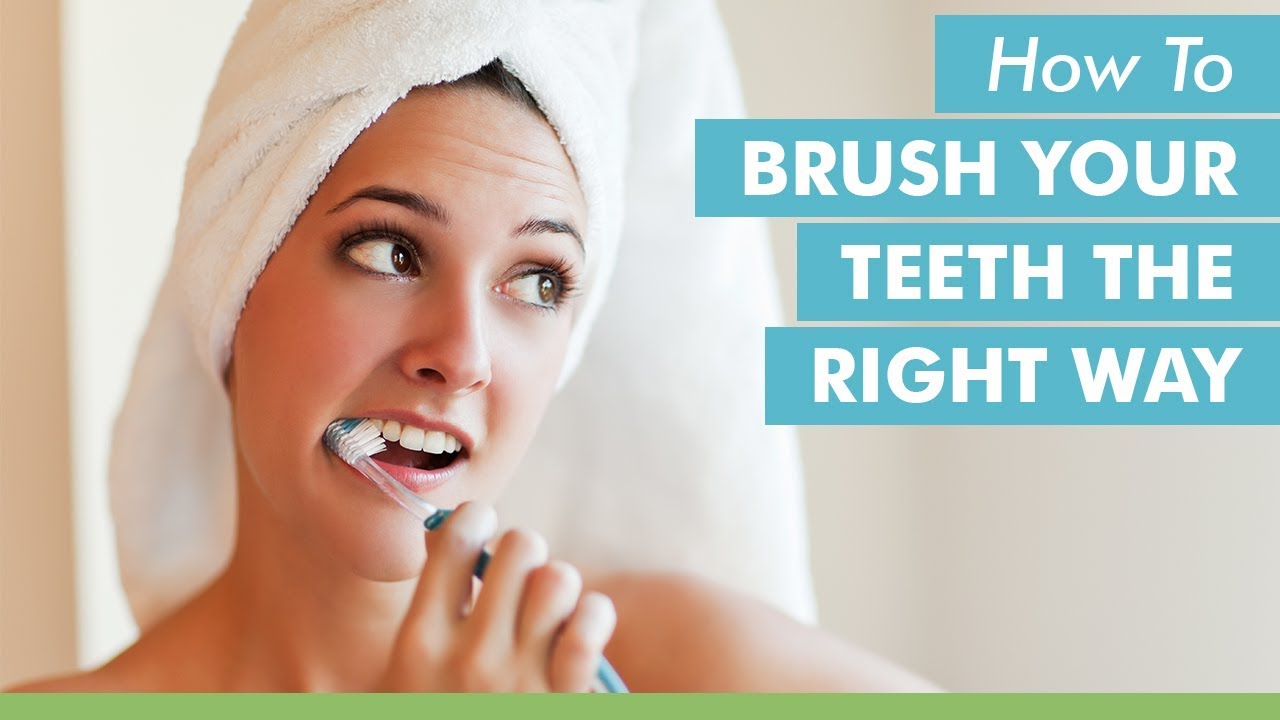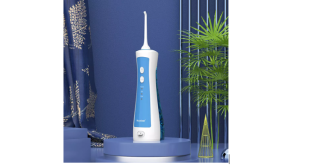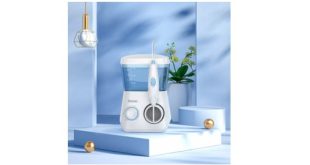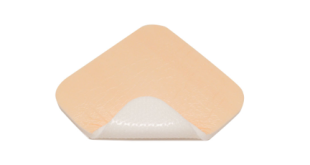If you’ve been worried about your dental hygiene and aren’t sure if you’re brushing your teeth correctly, check out some tips below that will help you to do it right.
Remembering that oral hygiene is essential for the health of our body, so pay close attention to the information below and put them into practice. Enjoy!
What is the right way to brush?
Proper brushing should last at least two minutes, ie 120 seconds! Most adults don’t even come close to this time. To get an idea of how long it takes for good brushing, wear a watch the next time you brush your teeth. Brush them with gentle, short strokes, paying special attention to the gingival margin, the hard-to-reach posterior teeth, and the areas around restorations and crowns. Focus on cleaning each sector of the mouth as follows:
- Brush the cheek-facing surfaces of the upper teeth and then the lower teeth.
- Brush the inner surfaces of the upper teeth and then the lower teeth.
- Then brush the chewing surfaces.
- For pure breath, also brush your tongue, where many bacteria are lodged.
What type of toothbrush should I use? Most dentists agree that the soft-bristled toothbrush is best for removing plaque and food debris. Brushes with smaller heads are also more suitable, as they reach all areas of the mouth better, such as the harder-to-reach posterior teeth. Many choose the electric toothbrush as the best alternative, as it cleans more easily and is particularly suitable for people who have difficulty with oral hygiene or have less manual dexterity.
How to brush your teeth correctly – step by step
How important is toothpaste in brushing?
It is important that you use the most suitable toothpaste for you. Currently, there is a wide variety of products made especially to combat tooth decay, gingivitis, tartar, stains and sensitivity. Ask your dentist which type of toothpaste is most suitable.
When should I change my toothbrush?
Change your toothbrush every three months or when you notice it starting to wear out. In addition, it is very important to change your brush after a cold or flu to reduce the risk of re-infection through the germs that adhere to the bristles.
 Tech Readers
Tech Readers




